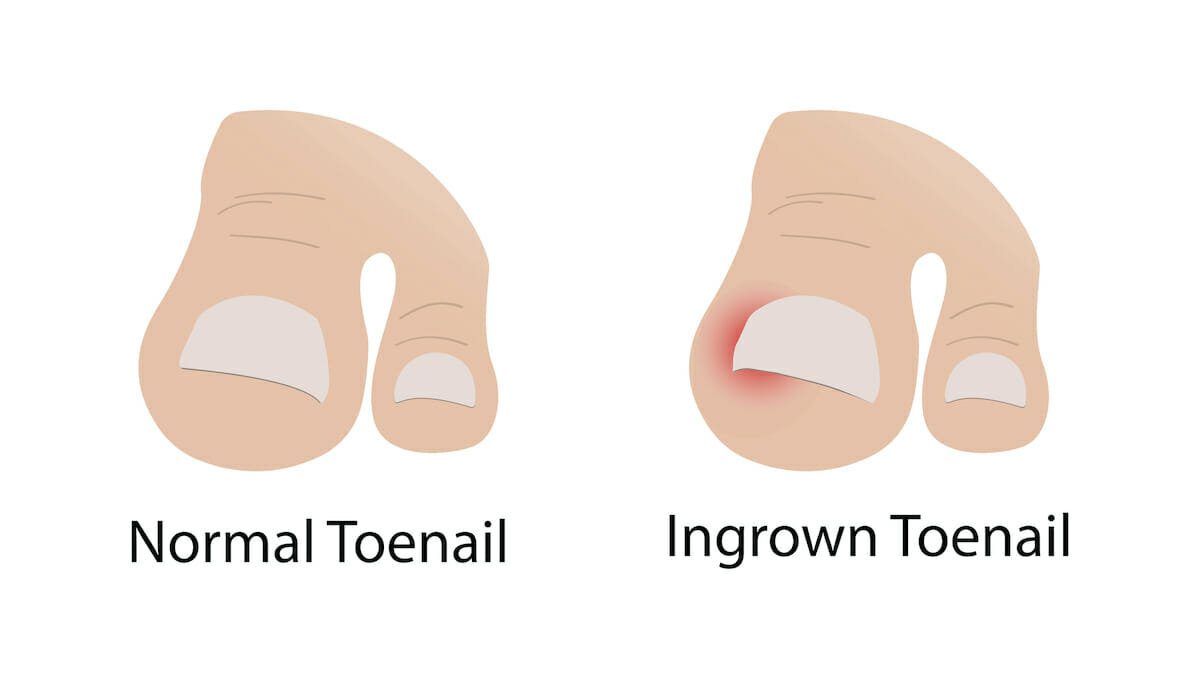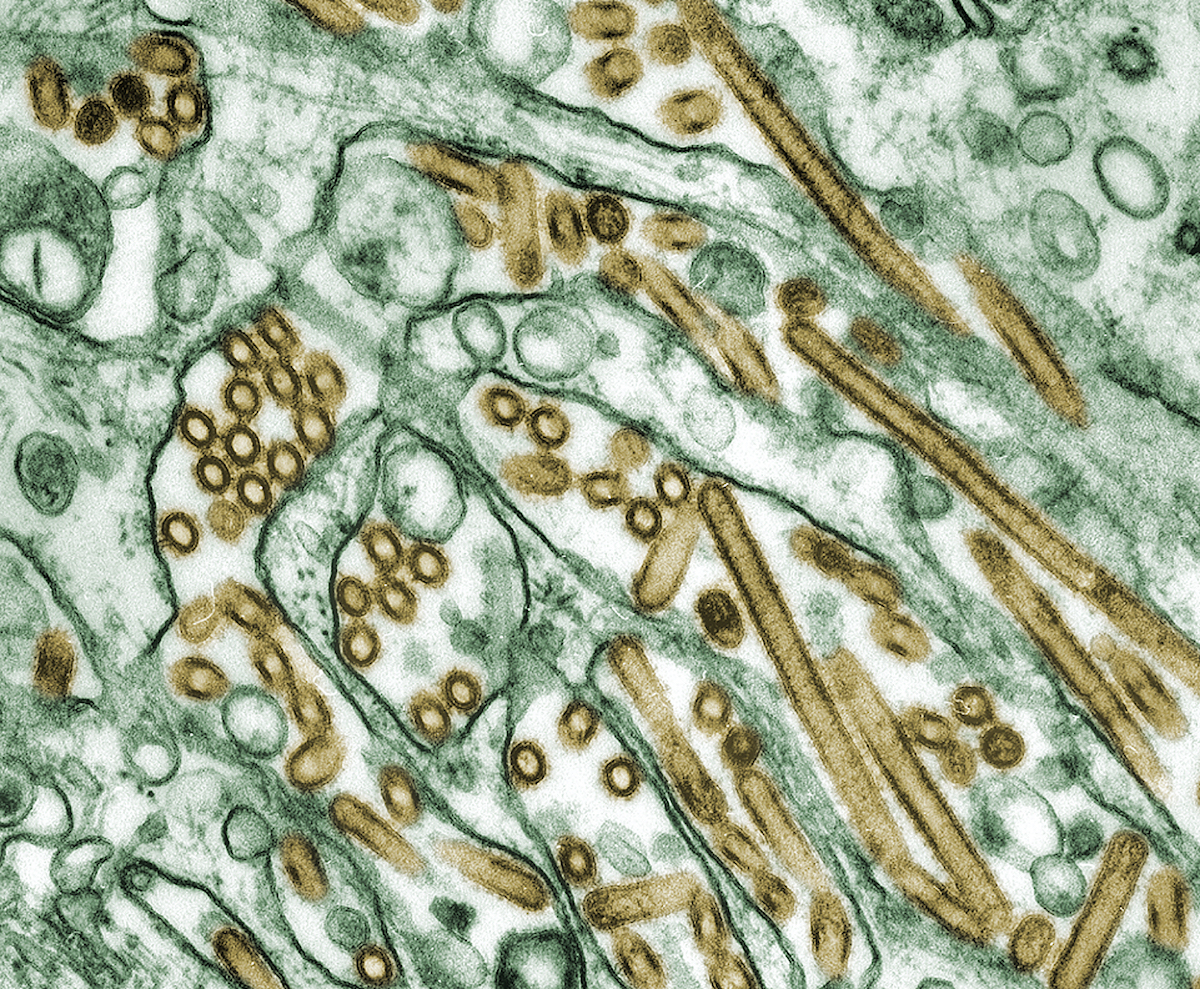What is an ingrown toenail?
An ingrown toenail occurs when the side or corner of the nail curls down and digs into the skin of your toe. It is most common for the big toenail to become ingrown, but it can happen to any toenail. Symptoms of an ingrown toenail include redness, swelling, and pain on your toe around the nail.
What causes an ingrown toenail?
Many things can cause ingrown toenails. One main cause is wearing shoes that do not fit well. Shoes that are too tight or too small can press on your toenail in unnatural ways. Improperly trimmed toenails are another main cause. Toenails that are peeled off at the edge or trimmed down at the corners are more likely to become ingrown.
An injury to your toe also can cause an ingrown toenail. People who have deformed or misshaped toenails have a higher risk of ingrown toenails.
How is an ingrown toenail diagnosed?
Your doctor can examine your toe and toenail. If your doctor determines that you have an ingrown toenail, they may order treatment. Be sure to tell your doctor if you get ingrown toenails often. People who have diabetes are at risk of complications from an ingrown toenail.
Can an ingrown toenail be prevented or avoided?
To avoid ingrown toenails, you should cut your nails straight across. The top of your nail should make a straight line. Do not pick at your nails or tear them at the corners. Wear shoes that fit correctly. Avoid high heels and tight-fitting shoes.
Ingrown toenail treatment
Mild ingrown toenails can be treated at home. Soak your foot in warm water for 15 to 20 minutes. Dry your foot, then place part of a cotton ball under the corner of your nail. You can wet the cotton with water or a disinfectant. This should be changed at least once a day. Try to wear shoes, such as sandals, that do not rub the toenail. This can delay healing or cause irritation.
Contact your doctor if your ingrown toenail does not improve or gets worse. Watch for signs, such as increased pain, redness, swelling, and drainage. You may have an infection. The doctor may prescribe an antibiotic either in pill or cream form.
Severe cases of an ingrown toenail may require surgery. This is a minor procedure that involves removing the part of the nail that is ingrown. Before surgery, the doctor will numb your toe by injecting it with medicine. First, they cut your toenail along the edge that is growing into your skin. Then, they pull out the piece of nail. The doctor may apply a small electrical charge or liquid solution to the exposed part of your nail bed. This is called ablation. It should keep the toenail from growing into your skin again. Not all people need ablation.
Living with an ingrown toenail
It is important to get treatment if you have an infection. If you don’t, the infection can spread to the rest of your toe or into your bone.
Treatment—at home or from your doctor—helps treat symptoms and heal the nail. Once the nail is healed, practice guidelines to prevent future problems. If you do not practice good foot care, the problem is more likely to reoccur. If you have surgery, it can take 2 to 4 months for your nail to grow back.
Questions to ask your doctor
What is the cause of my ingrown toenail?
What type of treatment will heal my toenail? Will I need surgery?
Do I need an antibiotic?
What kind of shoes should I wear?
Can you show me how to trim my nails?
What is my risk of the ingrown toenail coming back?
Summary
Your toenails and fingernails protect the tissues of your toes and fingers. They are made up of layers of a hardened protein called keratin, which is also in your hair and skin. The health of your nails can be a clue to your overall health. Healthy nails are usually smooth and consistent in color. Specific types of nail discoloration and changes in growth rate can be signs of lung, heart, kidney, and liver diseases, as well as diabetes and anemia. White spots and vertical ridges are harmless.
Nail problems that sometimes require treatment include:
Bacterial and fungal infections
Ingrown nails
Tumors
Warts
Keeping your nails clean, dry, and trimmed can help you avoid some problems. Do not remove the cuticle, which can cause infection.
Sources: https://medlineplus.gov/naildiseases.html












